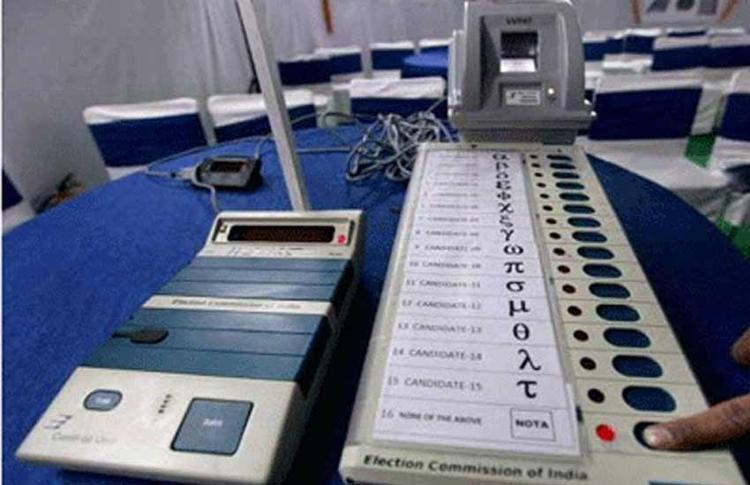
Today, 11th April will see more than 900 million Indians voters in the elections to the 17th Lok Sabha that start in parts of the country from today. About 10 per cent of these voters are first-timers who will be exercising their democratic mandate for the first time. With every Lok Sabha poll before it, these are important elections in the sense that they will determine the direction that the country will take over the next few years and shape the idea of India henceforth.
However, there are some challenges that include foreign policy issues starting with Pakistan, India’s emerging economic dependency on Chinese imports as well as other emerging global issues such as India’s position after Brexit and with Donald Trump.
There are also major domestic issues like escalating youth unemployment, stagnating economic growth, a crumbling education system, agrarian distress, the constant problem of domestic terrorism among others. The next government that will take office by the end of May will have its hands full from the very first day.
In 2014, Narendra Modi-led BJP had won 282 seats out of 543 constituencies in Lok Sabha, handing out a crushing defeat to the 10-year-rule of the United Progressive Alliance led by the Congress. This year, Prime Minister Narendra Modi will contest from Varanasi for Lok Sabha polls. Congress chief Rahul Gandhi will contest from Amethi in Lok Sabha election 2019.
Some facts about Indian elections:-
- Holding elections in India, world’s seventh largest nation by area and second most populous country is a feat in itself. The model code of conduct has already been put in place for this year’s election where nearly 2,000 parties and over 8,000 candidates will be contesting elections for 543 seats. The model code of conduct is a set of guidelines that candidates, and political parties and governments must follow to keep elections fair.
- The first Lok Sabha elections were contested for 489 seats. The number of constituencies was increased to 543 in 1977.
- The total number of voters for the 2019 Lok Sabha elections has gone up by 84.3 million since the 2014 polls.
- The Electronic Voting Machines (EVM) and postal ballot papers would for the first time carry the photograph of all the candidates to help voters identify the political leaders in the fray.
- In the 2014 Lok Sabha polls, Voter-verified Paper Audit Trails (VVPATs) were used in eight constituencies. This time, VVPATs will be used in all the constituencies.
ECI guidelines says the polling station should be not more than 2km from the voter’s residence. These locations are often in remote areas with few facilities. More than 80,000 stations surveyed by the ECI lacked mobile connectivity, and nearly 20,000 were located in forest or semi-forest areas, according to data released last year.
The voting takes place in multiple phases, typically taking more than a month to allow officials and security forces to re-deploy, and the counting for all 543 constituencies is done in a single day. The cost of the entire process in 2014 was 38.7 billion rupees ($552 million), according to ECI estimates.


